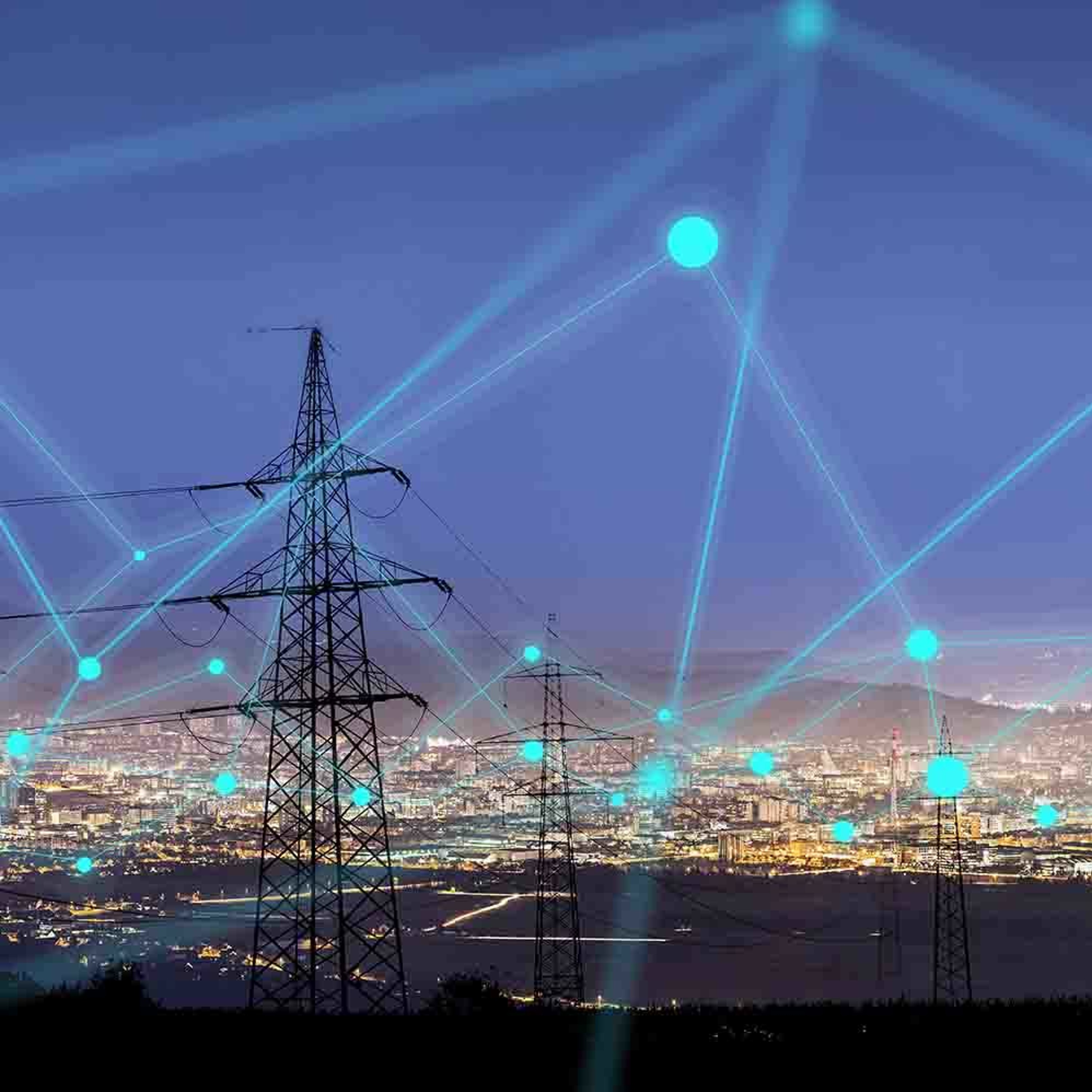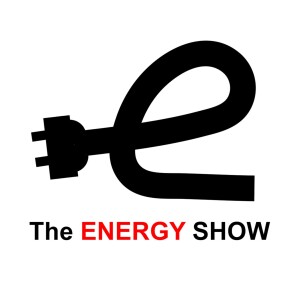
Copyright 2019, The Energy Show - Barry Cinnamon
This week we are talking about the future design of our electric grid. Besides our country’s political system, our electric grid is one of the most complicated systems that have ever been built. Luckily, unlike our political system, the electrical system works really well, however because there is new technologies that are out there, that are starting to be deployed that are going to require changes to our electric system to take advantage of these new technologies. For example, rooftop solar, battery storage, electric vehicles, new software and controls. These technologies are slowly finding their way into the grid and there is potential to do this much more thoroughly.
In order to understand that, let’s talk about our current grid design. We have a centralized generation system. Centralized power plants that are sending power to customers basically in two steps and this is the way the system has been working for over 100 years. In the beginning, the first power plant was outside the city, running on coal, with wires going to the homes and businesses that had electric lights. Then we started putting together a system that had two steps when standardization on AC current made that possible because we were able to have high voltage long distance transmission lines combined with local distribution systems –the utility poles running at lower voltages to deliver electricity to the point of consumption. This two step system works with a top-down communications system where a transmission system operator, or here in California the Cal ISO, which manages the transmission, and then the distribution system operator or local grid operator which are the utility companies that send the electricity to substation for business and home consumption.
While this system has worked for decades, listen to this week’s Energy Show to learn why the old way of doing things doesn’t work with this new technology and how we need to redesign the electric grid for the future.
view more
More Episodes
How To Select The Best Home Battery
 2023-09-27
2023-09-27
 2023-09-27
2023-09-27
DIY Home Electrification Measures
 2023-06-06
2023-06-06
 2023-06-06
2023-06-06
Getting Started with Home Electrification
 2023-05-23
2023-05-23
 2023-05-23
2023-05-23
Fusion Power Breakthrough...Really?
 2022-12-21
2022-12-21
 2022-12-21
2022-12-21
Probably True Solar Stories
 2022-11-30
2022-11-30
 2022-11-30
2022-11-30
Smart Environmental Policy
 2022-11-02
2022-11-02
 2022-11-02
2022-11-02
Vampire Electric Loads in Your Home
 2022-10-28
2022-10-28
 2022-10-28
2022-10-28
Best Run Solar Companies
 2022-10-26
2022-10-26
 2022-10-26
2022-10-26
Solar for Commercial Buildings
 2022-09-14
2022-09-14
 2022-09-14
2022-09-14
Solutions to California's Power Problems
 2022-09-05
2022-09-05
 2022-09-05
2022-09-05
The Inflation Reduction Act
 2022-08-16
2022-08-16
 2022-08-16
2022-08-16
Global Warming – We’re Screwed
 2022-08-03
2022-08-03
 2022-08-03
2022-08-03
012345678910111213141516171819
Create your
podcast in
minutes
- Full-featured podcast site
- Unlimited storage and bandwidth
- Comprehensive podcast stats
- Distribute to Apple Podcasts, Spotify, and more
- Make money with your podcast
It is Free
- Privacy Policy
- Cookie Policy
- Terms of Use
- Consent Preferences
- Copyright © 2015-2024 Podbean.com






